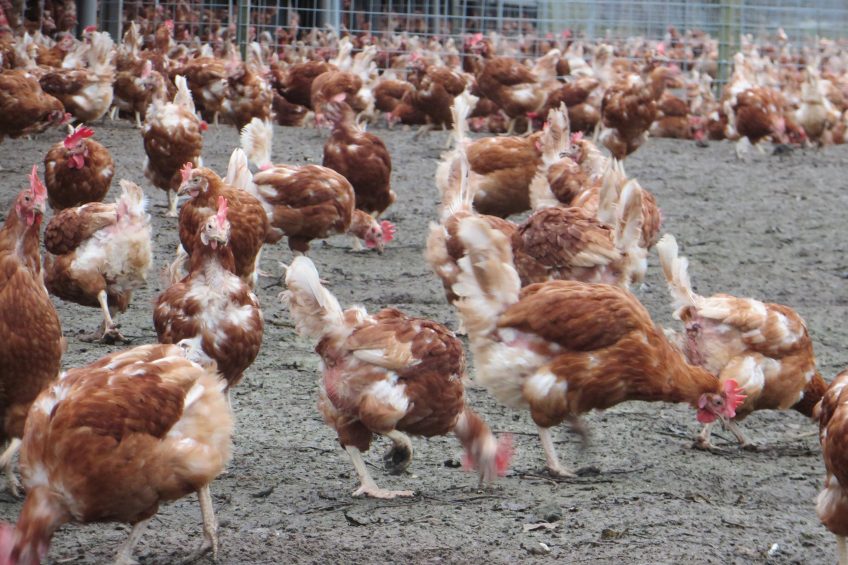Uniform standards for organic production

The United States Department of Agriculture’s (USDA) Agricultural Marketing Service (AMS) is amending the organic livestock and poultry production requirements, to be effective from March 2018 onwards.
This final rule addresses care and production practices, transport, slaughter, and living conditions for organic livestock and poultry. Outdoor access is a prominent issue in this final rule. Poultry practices for outdoor access currently vary, especially practices implemented for layer operations. Some organic poultry operations provide large, open-air outdoor areas, while other operations provide minimal outdoor space or use screened and covered enclosures commonly called ‘porches’ to meet outdoor access requirements.
The Animal Welfare Institute (AWI) applauds the US Department of Agriculture (USDA) for releasing its final rule today to improve the welfare of animals raised under the Certified Organic label. Dena Jones, AWI farm animal program director, provided the following statement in response to the regulations:
“This is a historic moment, as there are currently no substantive federal standards for the raising of farm animals under the law. The final rule reduces inconsistencies in the animal care provided by organic producers, and helps farmers who raise their animals in accordance with higher welfare standards. Such farmers – whose practices are more in line with consumer expectations for organic products – are currently at a competitive disadvantage to industrial operators who cut corners and treat their animals poorly.
AWI urged the USDA to make several improvements to the proposed rule released by the department earlier this year. The USDA heeded our recommendations that birds have access to vegetation and that the practice of euthanizing piglets by manual blunt force trauma be prohibited. The final rule also creates minimum space requirements for chickens raised for meat and for egg-laying hens, restricts physical alterations such as tail docking of pigs, and provides requirements for the more humane handling of animals during transport. Additionally, this rule marks the first federal law to consider the welfare of birds at slaughter.
While the final rule will significantly improve the welfare of animals, it does fall short in some areas. It does not, for instance, “ensure … that all organic animals live in pasture-based systems,” as the USDA claims. For instance, the final rule does not require that pigs have access to soil or vegetation, and does not provide minimum space requirements for pigs or turkeys. In addition, the outdoor space requirements for chickens are inadequate to provide a pastured environment. While the final rule does not create a pasture-based system, it does ensure that all organically raised animals at least have some access to the outdoors – a significant improvement from the current organic regulatory requirements.”













